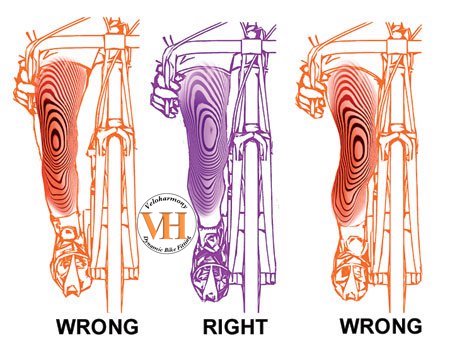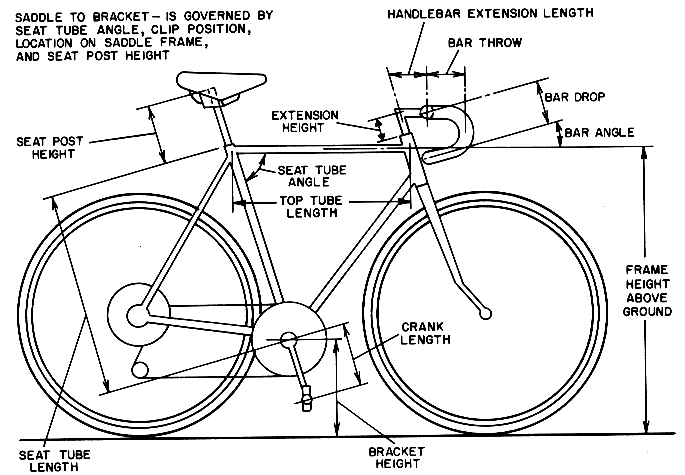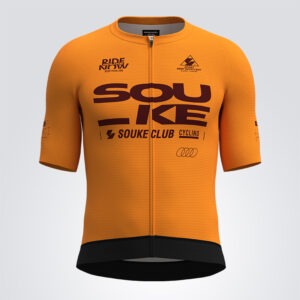Direct causes of Cycling Knee Pain 2022
Cycling Knee pain and its causes
If you’re a cyclist who’s ever felt the sharp twinge of pain in one or both of your knees while riding, you’re not alone. Cycling knee pain is the most common lower-body problem among cyclists, with as many as 65 percent of us experiencing it.
How To prevent cycling knee pain video
You must be a member of Veloharmony youTube Channel to view the video below. Use our bike fit services for local and non-local riders to get help with your cycling setup.
Overuse Injuries
Although cycling knee pain can come from many factors, oftentimes it comes from overdoing it. Riding longer and/or harder than you’re in condition to, strains your connective tissues, making them inflamed and painful. But what about those seemingly spontaneous flare-ups of crank-stopping cycling knee pain? It might feel like they came out of nowhere, but they’re usually just the first noticeable symptoms of a long-brewing problem: The culprit is generally improper equipment and/or bike position.
Poor Bike fit
A lot of cyclists are forever tinkering with their position, looking for that elusive perfect position. But what feels just right for a few pedal strokes around the block can end up feeling pretty wrong after 70 miles across the countryside. A good bike fit is essential for preventing most causes of knee pain. But before you head to a bike fitter or medical professional, try a little self-diagnosis. Use the guide below to help you trace what hurts back to the source.
Knee pain diagnosis guide
Pain in the front of the Knee
Pain in the front: When your knee hurts right on the kneecap (patella), it’s generally a product of your powerful cycling quads. Your quad muscles attach to the shin via the patella, and when you’re really pumping, they might deliver too much shear force across the joint. Bike-specific issues to check for include saddle height; saddle fore and aft, and/or crank length.
A saddle that is too low will cause your knee angle to be too tight at the top of the stroke, which increases the shear forces pulling the patella against the femur, which in turn increases the likelihood of tendonitis and harmful stresses in the cartilage behind the kneecap. Also, when the cranks are too long for your leg length, the knee joint is also too tight at the top of the stroke.
What is low or too low for a saddle? For a quick reference to check if your saddle is the right height, have a seat and rest your heel on the pedal with the pedal in the 6 o’clock position. The knee of that leg should be straight. That equates to a 20- to 25-degree knee bend when clipped in.
Riding with your saddle too far forward also can cause knee pain in the front. Position your saddle so the tibial tuberosity—or bony bit below the kneecap—is above the ball of the foot, which in turn should be above the pedal spindle.
Also, stay within your fitness level on rides. Big-gear mashing, climbing in monster gears, and hard sprinting (especially if you’re not conditioned for it) can put undue stress on the knee and cause this type of pain.
Pain in the back of the Knee
Pain in the back: Pain behind the knee is less common than that in the front, and is generally easier to trace back to a culprit: over-extending the knee. Your saddle is too high or too far back. Try lowering the saddle a bit or moving it forward a bit in relation to the handlebars.
This pain is also more common among cyclists who spend a lot of time on fixed-gear bikes; when you ride fixed, you use your hamstrings to decelerate your pedal stroke, which can put the biceps femoris tendon (a hamstring muscle that runs down the back of your leg toward the outside of your knee) under too much load and irritate it. Giving your legs a break with some freewheeling now and then can help.
Pain on the inside or Outside of the knee

If you feel pain on the insides of your knees, improper cleat placement is often the cause. Your cleat position affects your Q-factor, which controls the distance your feet are apart laterally when pedaling. Ideally the spacing should be such that the loads from your knees to your pedals are traveling vertically without pushing the knee inward or outward, which stresses the collateral ligaments on either side of your knee leading to pain. If your cleats are positioned too close to the insides of your cycling shoes, they increase the distance between your feet, which can stress the inside collateral ligaments and cause medial (or inside) cycling knee pain.
Having a lot of float in your pedals also can cause medial cycling knee pain. A little float—about 4.5 degrees—is all you need to be comfortable and keep your knees from getting stressed.
Misaligned cleats that cause the foot to be excessively toed in can cause pain on the outside of the knee. So can cleats that are placed too far to the outsides of the shoes, causing too narrow of a stance on the bike, which can lead to iliotibial (IT) band syndrome—a stabbing pain that happens when the IT band (a fibrous connective tissue band that runs from the hip along the thigh to the tibia) becomes stressed and inflamed.













